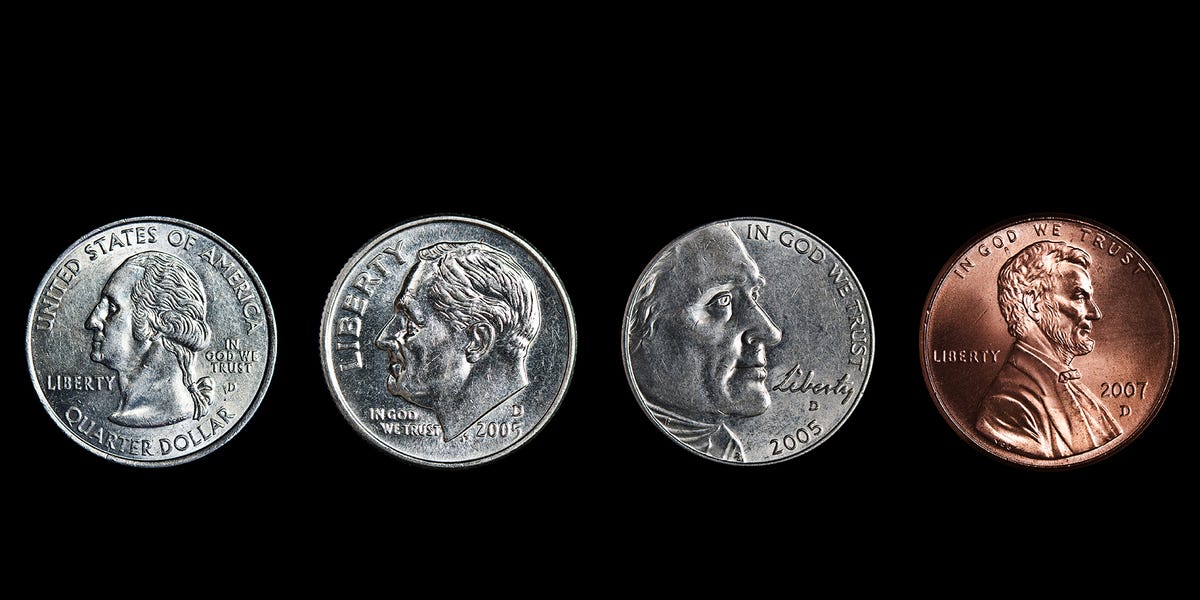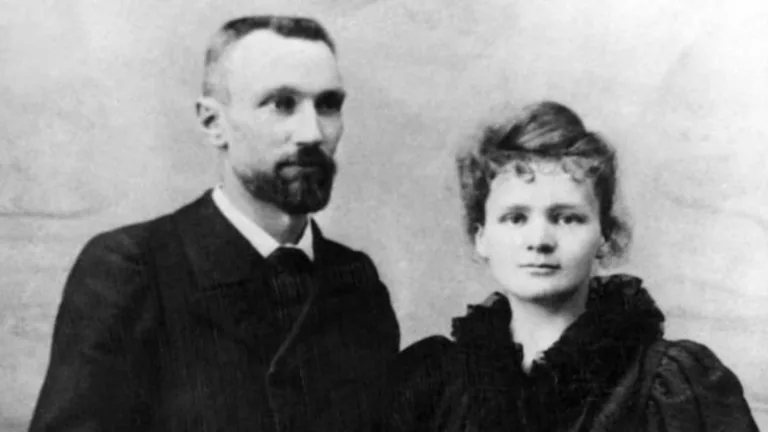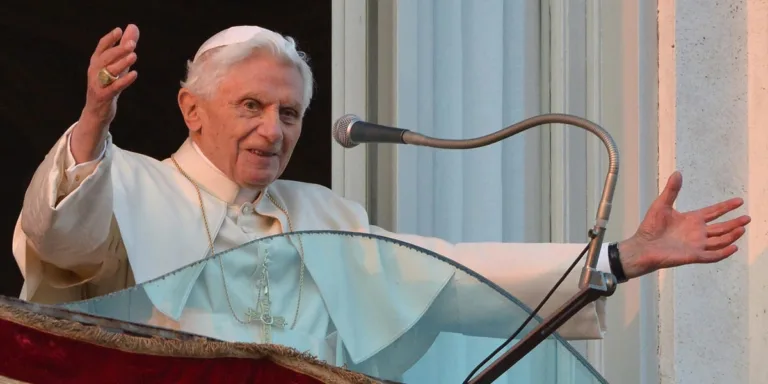Have you ever looked closely at the faces on your money? U.S. currency isn’t just about the numbers; it’s a fascinating window into American history. Every bill tells a story, featuring portraits of influential people who shaped the nation we know today.
These figures weren’T Chosen Randomly. Each one represents important values and events in America’s past. By studying who is on Us money, we can learn about the individuals who helped define this country’s identity and ideals. From presidents to inventors, these “people in money” serve as reminders of the struggles, triumphs, and enduring spirit that have made America unique.
So, let’s embark on a journey through American history, one bill at a time. We’ll explore the lives and legacies of those depicted on our currency, uncovering the stories behind their portraits and understanding how they continue to Influence Us Today.
American Leaders On Currency
Our currency is a veritable hall of fame for American leaders! Many of the most prominent figures in U.S. History Grace Our Bills, each symbolizing different aspects of the nation’S Journey. Take, for example, George Washington, the quintessential Founding Father, whose portrait adorns the $1 bill. He represents leadership, unity, and the very foundation upon which America was built. Then there’s Abraham Lincoln, forever etched on the $5 bill, a symbol of freedom and equality thanks to his pivotal role in Abolishing Slavery.
The story continues with Thomas Jefferson, the author of the Declaration of Independence, who embodies liberty and self-governance on the $10 bill. Andrew Jackson, known for his impact on westward expansion and financial policy, appears on the $20 bill. The $50 bill features Ulysses S. Grant, a Civil War general whose leadership Helped Bring About National Reconstruction. Each president chosen for our currency reflects a crucial moment in American history and the values they championed.
 How Did Sacagawea Help Lewis and Clark?
How Did Sacagawea Help Lewis and Clark?George Washington: The First President
George Washington, the man who led The Continental Army to victory in The Revolutionary War and presided over the Constitutional Convention, is a towering figure in American history. It’s no surprise that he earned the honor of being featured on the $1 bill – he truly embodies leadership and national unity.
Washington set many precedents as the First President, establishing a strong federal government while Navigating Complex Challenges. He believed in public service above personal gain and worked tirelessly to build a stable and prosperous nation. His image on our currency serves as a constant reminder of his dedication to democracy and the principles upon which America was founded. Every time we handle a dollar bill, we’re essentially holding a piece of history – a tangible connection to who is on Us money and the legacy of this extraordinary leader.
Abraham Lincoln: Freedom And Equality
Abraham Lincoln’s legacy is forever intertwined with the fight for freedom and equality in America. This 16th president, whose image graces the $5 bill, led the nation through its darkest hour – The Civil War. He understood that true unity meant ensuring equal rights for all citizens, regardless of race. Lincoln’s unwavering belief in these ideals is what ultimately paved the way for the abolition of slavery with the Emancipation Proclamation.
He believed deeply in the power of democracy and worked tirelessly to preserve the Union. Lincoln’s eloquence and compassion resonated with people across the nation, uniting them behind a common cause. By featuring him on our currency, we honor his enduring commitment to justice and remind ourselves of the ongoing struggle for equality that continues To Shape Our Society Today. Who’s on Us money like Lincoln serves as a powerful symbol of America’s quest for a more perfect union.
Ulysses S. Grant: Military Leadership
Ulysses S. Grant stands as a pivotal figure in American history, his name synonymous with military leadership and national reconstruction. His portrait on the $50 bill reflects his crucial role in securing victory for the Union during The Civil War. Grant’s strategic brilliance and unwavering determination helped bring an end to the conflict, paving the way for a reunited nation.
But Grant’s contributions extended far beyond the battlefield. As president, he focused on rebuilding the South and integrating formerly enslaved people into society. He championed civil rights and worked to ensure that all Americans had Equal Opportunities. Who’s on the Us currency like Grant reminds us of the complexities of leadership – the ability to navigate both war and peace with courage, compassion, and a commitment to justice.
Founding Ideals and National Identity
The faces on our currency tell a story not just of individuals, but of the very ideals that define America. Each figure represents a facet of the nation’s Founding Principles: liberty, justice, innovation, and unity. By studying who’s on American money, we gain a deeper understanding of how these values have shaped our history and continue to guide us today.
From Thomas Jefferson’s emphasis on individual rights to Benjamin Franklin’S Pioneering Spirit, the portraits on our bills serve as constant reminders of the nation’s commitment to progress and self-governance. They inspire Us to uphold these ideals and strive for a more Perfect Union, reflecting the ongoing evolution of who is on Us money and what it means to be American.










